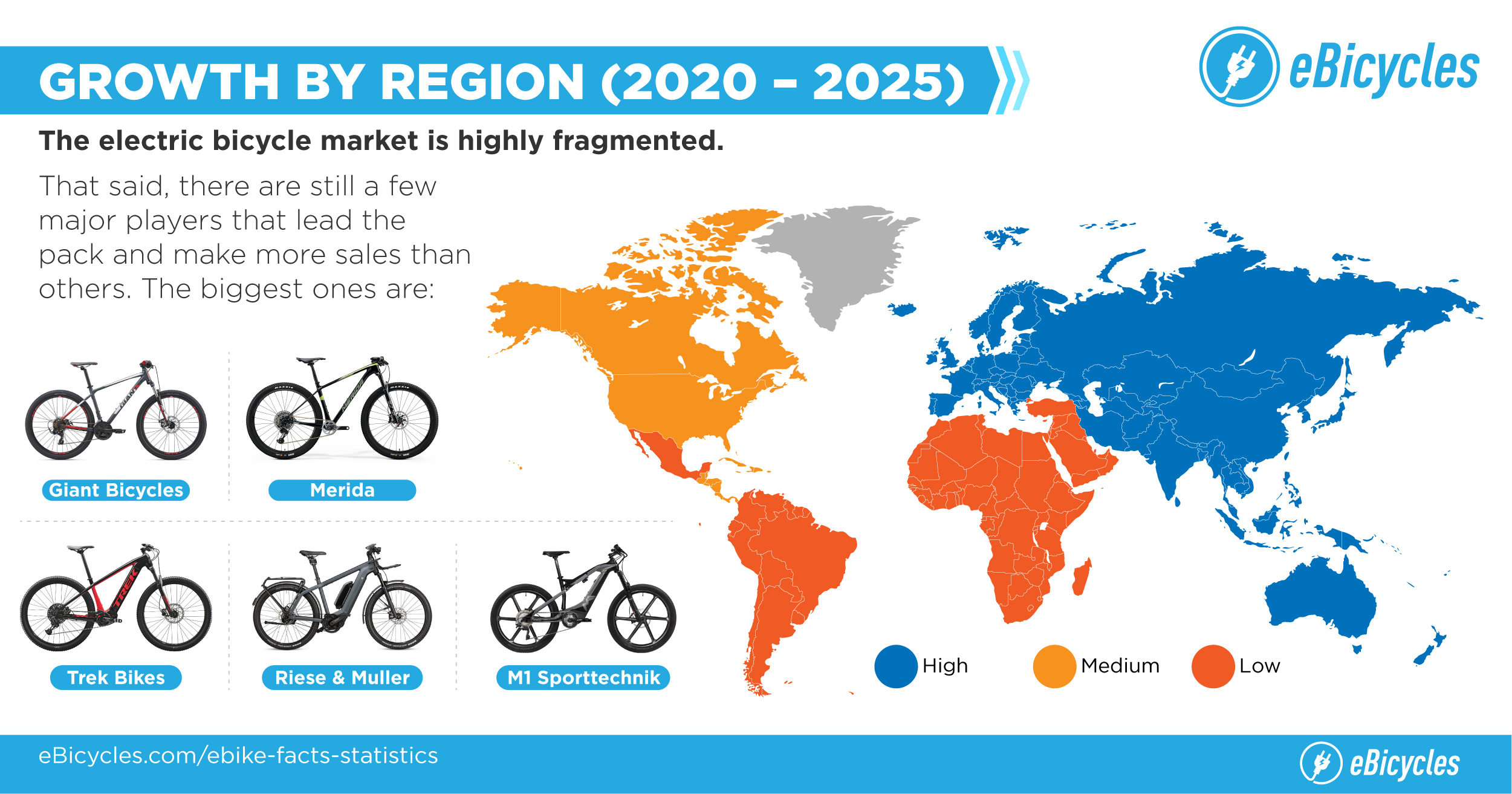Prior to you hop on your e-bike and struck the streets, it's crucial to comprehend the regulations and regulations that govern your city. From visit the following webpage to marked riding areas, there's a lot to take into consideration to guarantee you're certified and risk-free. By acquainting on your own with the regulations certain to e-bikes, you'll be better furnished to appreciate your experiences with no unforeseen lawful problems. Stay tuned to uncover vital understandings that will help you browse the e-bike landscape in your city perfectly.
Comprehending E-Bike Category
When it pertains to navigating the world of e-bike regulations and laws, an essential starting factor is recognizing the category system that classifies these electrical bicycles. E-bikes are usually classified into 3 main categories: Course 1, Course 2, and Course 3.
Course 1 e-bikes are pedal-assist only, indicating they give aid while the rider is pedaling and have a maximum speed of 20 miles per hour. These bikes are allowed in locations where standard bicycles are permitted.
Class 2 e-bikes are geared up with a throttle that can drive the bike without pedaling. They additionally have a maximum speed of 20 mph and appropriate for riders that might need assistance without pedaling constantly.
Course 3 e-bikes are similar to Course 1 yet with a higher maximum speed of 28 mph. These bikes are usually limited from certain bike courses or trails because of their greater rates.
Understanding these categories is vital for following local guidelines and guaranteeing a secure and satisfying e-biking experience.
Navigating Speed Limits and Restrictions
To properly browse e-bike legislations and laws, it's important to understand the rate limits and limitations that relate to different classes of electric bicycles.
Speed restrictions for e-bikes vary relying on the classification of the bike. Course 1 e-bikes, which are pedal-assist only and have a maximum speed of 20 mph, are commonly allowed on bike lanes and paths.
Class 2 e-bikes, which have a throttle along with pedal-assist and additionally reach speeds of approximately 20 mph, might be limited in certain areas where motorized vehicles aren't allowed.
Class 3 e-bikes, with pedal-assist up to 28 miles per hour, are generally needed to comply with the exact same guidelines as typical bicycles.
It is very important to stick to these rate limitations and constraints to ensure your safety and the safety and security of others when driving. Prior to riding your e-bike, familiarize on your own with the details laws in your city to avoid any type of possible penalties or lawful concerns.
Where to Ride Your E-Bike
To determine where you can ride your e-bike, it's essential to recognize the regulations and guidelines certain to your area. In the majority of areas, e-bikes are generally permitted on roadways and streets where standard bikes are allowed. This may include bike lanes, bike paths, and shared streets. Nonetheless, it's essential to inspect neighborhood regulations as some cities may have specific constraints on where e-bikes can be ridden.
When riding your e-bike, always focus on safety and security by adhering to website traffic policies and valuing pedestrian walkways. Furthermore, bear in mind any kind of marked bike lanes or paths in your location and use them whenever feasible to make certain a smoother and more secure trip.
Some cities likewise have regulations regarding e-bike use on walkways, so make sure to acquaint on your own with these policies to avoid any type of fines or penalties.
https://fat-ebike42086.blogitright.com/32326445/the-ascendancy-of-electric-bicycles-arising-fads-and-innovations-to-observe
Since you recognize with the laws and guidelines bordering e-bikes in your city, you can confidently hit the trail knowing where you can ride and what restrictions put on your e-bike category. Remember to constantly focus on security and adhere to the regulations to guarantee a smooth and lawful trip. Happy riding!
